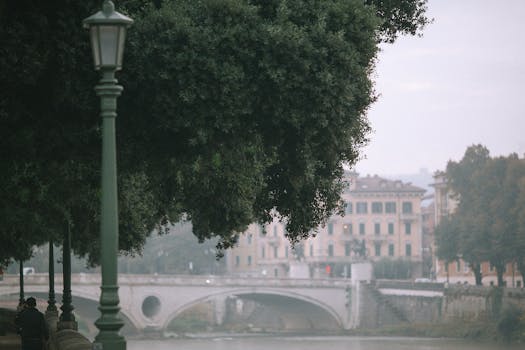
Urban Green Spaces: The Future of Outdoor Living in European Cities by 2025
Urban Green Spaces are becoming increasingly important in European cities, and their significance will only continue to grow by 2025. As the world becomes more urbanized, cities are looking for ways to provide their citizens with a higher quality of life, and one of the key factors in achieving this is the creation of urban green spaces.
What are Urban Green Spaces?
Urban green spaces refer to any area of greenery within a city, including parks, gardens, green roofs, and even urban forests. These spaces provide a range of benefits, from improving air quality and reducing noise pollution to offering opportunities for recreation and socialization.
Benefits of Urban Green Spaces
The benefits of urban green spaces are numerous and well-documented. Some of the most significant advantages include:
- Improved air quality: Urban green spaces can help to remove pollutants from the air, improving the overall air quality and contributing to a healthier environment.
- Reduced noise pollution: Green spaces can act as a buffer, reducing the impact of noise pollution on urban residents.
- Increased biodiversity: Urban green spaces can provide a habitat for a range of plants and animals, helping to increase biodiversity in urban areas.
- Opportunities for recreation and socialization: Green spaces offer a range of opportunities for outdoor activities, from walking and cycling to picnicking and playing sports.
- Improved mental health: Spending time in nature has been shown to have a positive impact on mental health, reducing stress and anxiety.
European Cities Leading the Way
Many European cities are already leading the way in terms of urban green spaces. Cities such as Copenhagen, Stockholm, and Amsterdam have invested heavily in creating green infrastructure, from parks and gardens to green roofs and urban forests.
Future of Outdoor Living in European Cities
By 2025, urban green spaces will play an even more critical role in shaping the future of outdoor living in European cities. As cities continue to grow and urbanize, the need for green spaces will only increase. We can expect to see a range of innovative solutions, from vertical gardens and green walls to urban farms and community gardens.
Conclusion
In conclusion, urban green spaces are the future of outdoor living in European cities. As we look to 2025 and beyond, it is clear that these spaces will play an increasingly important role in providing citizens with a higher quality of life. By investing in green infrastructure, cities can create healthier, more sustainable, and more livable environments for their residents.






